Patients receiving promising melanoma therapy closer to home
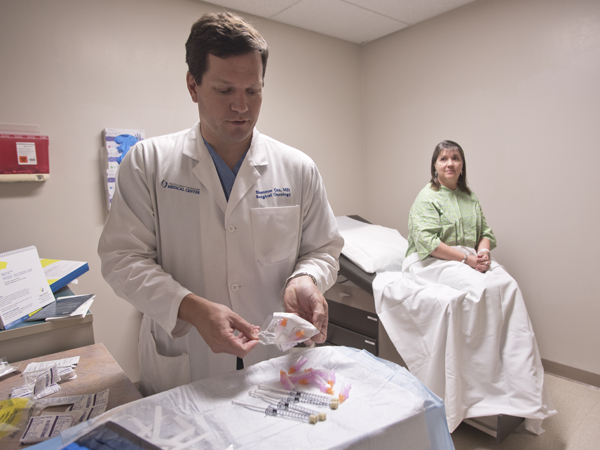
It started out, years ago, as a little freckle.
But as the spot on Carol Stegall's foot over time grew larger and different in appearance, it worried her to the point that in 2008, the Terry resident visited her family physician.
He performed a freezing procedure on the suspicious spot. It got worse. A plastic surgeon's diagnosis of melanoma was the beginning of years of surgeries, drugs that left Stegall feverish and barely able to crawl across the floor, and a sinking feeling as melanoma popped up in another area, then another.
Today, Carol Stegall's cancer hasn't disappeared. But a promising injectable immunotherapy treatment she's receiving at the University of Mississippi Medical Center is helping to shrink the spots, giving Stegall hope that her disease will retreat.
“We've been told that with all of the advancements being made, that if someone is going to have melanoma, now's the time to have it,” Stegall said. “I feel good. If I didn't know something was wrong, most of the time I wouldn't.”
UMMC physicians Dr. Shannon Orr, assistant professor of transplant surgery and a surgical oncologist, and Dr. Natale Sheehan, assistant professor of medicine and a medical oncologist, are collaborating to provide Stegall's care just miles from her house. She was faced with driving eight hours to the MD Anderson Cancer Center in Houston every two weeks to receive injections of the drug Imlygic, an oncolytic virus therapy that received Federal Drug Administration approval in October 2015 for the treatment of melanoma lesions that can't be removed completely by surgery.
It was the longstanding relationship between Dr. Merrick Ross, a surgical oncologist at Anderson who Orr trained under while a fellow there, and a conversation between Stegall and a friend who works at UMMC, that got Stegall's treatments started earlier this spring. Imlygic is administered nowhere else in Mississippi. No physicians administer it in Alabama or Louisiana, with the closest location being Memphis, Orr said.
It takes about an hour for Stegall to receive the treatment at the Multidisciplinary Melanoma Clinic at the UMMC Cancer Institute. The clinic is the only one its kind in Mississippi.
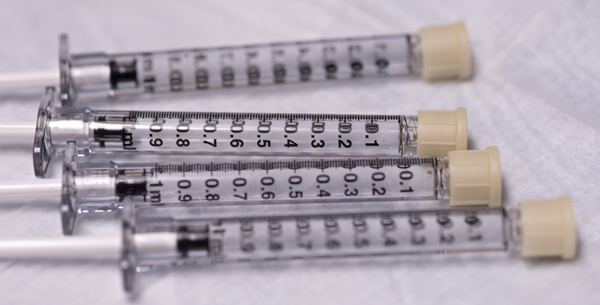
The melanoma drug Imlygic is injected directly into cancerous lesions.
After a year of aggressive interferon treatment that ended in 2009, Stegall said, she was cancer-free until 2013. She endured surgeries to remove growths and brutal rounds of chemotherapy pills that Stegall said left her with adrenal insufficiency. “Is it now time to go to a cancer center?” Stegall said she asked her oncologist.
He referred her to Anderson in late 2014. She received infusions of the drug Keytruda, approved by the FDA in 2014 for use in patients with advanced melanoma that isn't getting better, even after treatment with other drugs. “At the end of that time, we couldn't see any changes,” Stegall said.
Her Anderson doctors tried two other chemo drugs. Her kidneys started to shut down. They cut it down to half a dose, and she went into acute renal failure. “Praise God my kidneys recovered,” Stegall remembered.
Injections of Imlygic came next, but at a price: Stegall would have to travel to Houston every two weeks to get them. “We might as well have moved out there because it would be so difficult to do,” she said.
At the suggestion of her Anderson doctors, she tried unsuccessfully to find a hospital in the Jackson metro area that could administer the same treatment. Then, her friend Cheyne Robinson, a certified registered nurse anesthetist at UMMC, told her about the melanoma clinic.
“Dr. Ross knew I was here, and that I could do it,” Orr said. “Carol came to see me and Natale Sheehan. We examined her together, reviewed her medical records from MD Anderson together, and decided this was the best treatment for her.”

Sheehan
Sheehan and Dr. Robert Brodell, professor and chair of the Department of Dermatology, began the melanoma clinic in 2013. Patients can see a dermatologist, medical oncologist, radiation oncologist and surgical oncologist in the same visit. “It's one stop to ensure that everything is taken care of, rather than three or four appointments before they have surgery,” Sheehan said.
Said Orr: “The patient care is expedited. In that one visit, we decide what we're going to do.”
Imlygic is a cancer-killing virus that replicates inside the tumors, aiding a patient's own immune system in killing the cancer. Patients receive an initial injection into the melanoma followed by a second treatment three weeks later, then treatments every two weeks for the next six months.
“I ensure that everything else is working OK, and Dr. Orr and I have devised a plan on how to check to see if (the Imlygic) is working,” Sheehan said.
The fact that Orr trained under Ross “made us feel a whole lot better,” Stegall said. “The first couple of days after a treatment, I have fever and chills, but then it subsides and I'm pretty much OK until the next one.”
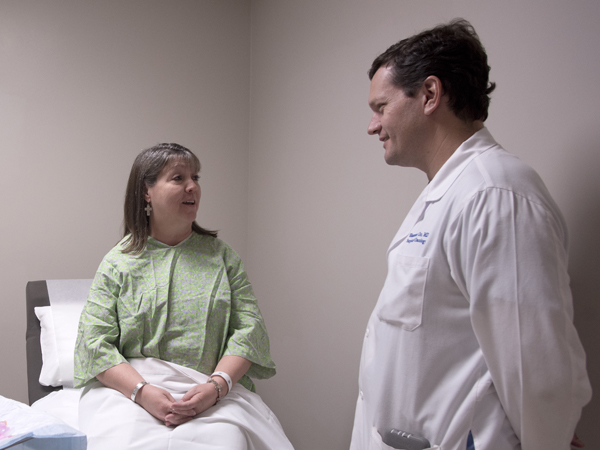
Orr, right, talks with Stegall during her visit to UMMC's Melanoma Clinic.
Orr said he can tell if the new drug is working by measuring the size of the lesions. “If any new ones pop up, I'll inject them first, then inject the biggest ones,” he said. “I try to make it as fast as possible for her. She's doing great.”
He and Sheehan have started a second patient on Imlygic, a Gulf Coast resident referred by his physician at Tulane Medical Center, and a third from southwest Mississippi referred by another doctor.
“There are very few patients who qualify for this therapy,” Sheehan said. “It's only for patients whose lesions have been cut out, but came back in that spot or very close to it. We're hopeful this will work for her. She's a great candidate for this therapy.”
Imlygic isn't used by many doctors because they don't know about it, and very few have any formal training in giving the injections, Orr said. “In the last five years, there's been a boom in melanoma drugs. Five years ago, there were very few,” he said.
“We like Dr. Orr and Dr. Sheehan,” Stegall said. “We're glad God brought them into our lives.
“It's just the battle on the inside. Knowing you have cancer takes its toll on you.”
Photos
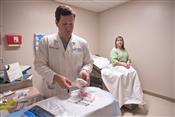 | MCHR Fosters Collaboration and Builds Partnerships The Mississippi Center for Heart Research meets biweekly at 4 p.m. Mondays to discuss ongoing projects and plan future experiments. If interested in attending these heart research focus group sessions, e-mail Dr. Romain Harmancey . High Resolution Medium Resolution Low Resolution |
 | MCHR fosters collaboration and builds partnerships The Mississippi Center for Heart Research meets biweekly at 4 p.m. Mondays to discuss ongoing projects and plan future experiments. If interested in attending these heart research focus group sessions, e-mail Dr. Romain Harmancey . High Resolution Medium Resolution Low Resolution |
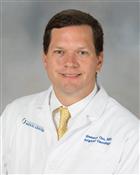 | Awards and Honors Congratulations to the following MCHR members who were recipients at the 2015 Excellence in Research Awards. Bronze Level - Roman Harmancey, PhD Translational Research Team - Merry L. Lindsey, PhD; Michael E. Hall, MD For more information regarding their accomplishment High Resolution Medium Resolution Low Resolution |
 | High Resolution Medium Resolution Low Resolution |
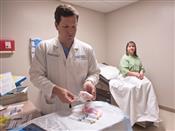 | High Resolution Medium Resolution Low Resolution |


